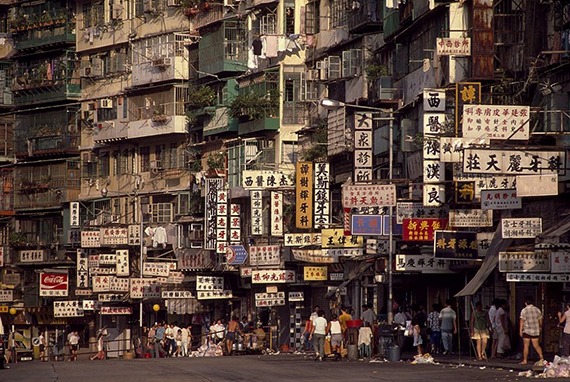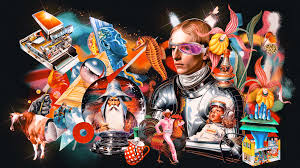
Menu

Germany is home to some of the world’s most impressive art collections, offering visitors a deep dive into centuries of artistic achievement. From medieval altarpieces to contemporary installations, German museums showcase a diverse and evolving visual culture.
In Berlin, the capital’s Museum Island is a UNESCO World Heritage site and a cultural treasure. The Alte Nationalgalerie (Old National Gallery) houses 19th-century German art, including masterpieces by Caspar David Friedrich and Adolph Menzel. Nearby, the Neue Nationalgalerie, designed by Mies van der Rohe, focuses on 20th-century modernism, featuring works by artists like Kirchner, Kandinsky, and Klee.
Munich, in southern Germany, is another art lover’s paradise. The Alte Pinakothek boasts one of the most important Old Master collections in the world, including German Renaissance painters such as Albrecht Dürer. The Pinakothek der Moderne showcases modern and contemporary art, design, and architecture in a stunning space.
In Dresden, the Gemäldegalerie Alte Meister (Old Masters Picture Gallery) displays exquisite European paintings, while the Albertinum bridges classical and contemporary, featuring works by Gerhard Richter and other post-war artists. Dresden’s art scene reflects the city’s historical significance and resilience.
Smaller cities also surprise with rich offerings. The Kunsthalle Hamburg, for example, features both medieval religious art and bold modern works, while the Kunstmuseum Bonn highlights post-war German artists, especially those from the Rhine region.
Germany’s museums not only preserve its artistic legacy but also provoke dialogue on identity, memory, and modernity. Whether you’re drawn to romantic landscapes, abstract expressionism, or cutting-edge installations, these galleries offer a comprehensive journey through the soul of German art.



